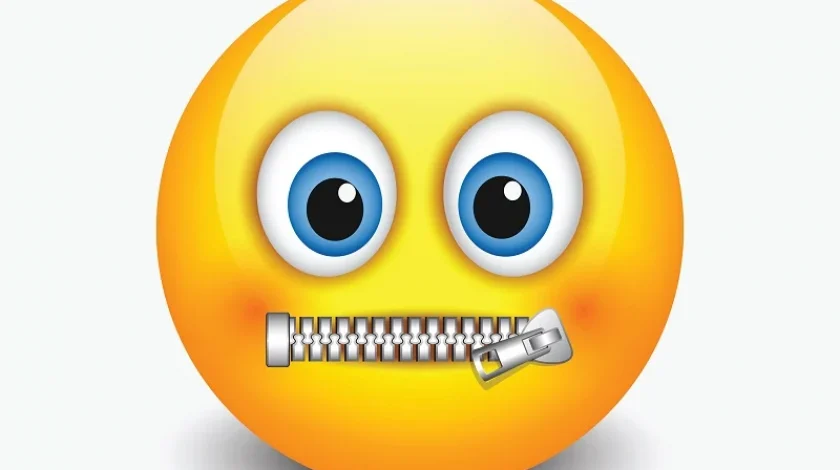If you thought using emojis could avoid legally defaming someone, think again.
In an Australian first, the NSW District Court has opened the door in Burrows v Houda [2020] NSWDC 485 to find in favour of a plaintiff who complained a competitor and professional peer tweeted the ‘zipper mouth face’ emoji in response to an online comment about her.
The tweets at the centre of the case include a tweet by lawyer Adam Houda, linking to an earlier article in the Sydney Morning Herald that reported a judge’s suggestion that the plaintiff, Ms Burrows’ conduct in a case be referred to the Law Society for potential disciplinary action. Mr Houda tweeted the zipper mouth face in response and that tweet was commented on by several others.
In coming to her decision, Judge Gibson, being aware that this is reportedly the first time a defamation case based on an emoji had been judicially considered in Australia, took care with her decision. For general principles her Honour took guidance from the 2013 decision of Lord McAlpine in West Green v Bercow [2013] EWHC 1342 which asked the court to determine the meaning of an ‘innocent face’ emoticon. Specifically, in relation to the zipper mouth face, Judge Gibson consulted online dictionary, Emojipedia, which states that the zipper-mouth emoji means “a secret” or “stop talking” in circumstances where a person impliedly knows the answer but is forbidden or reluctant to answer.
Her Honour agreed that the emoji, in context, was reasonably capable of conveying that Ms Burrows had “not merely been the subject of a referral [by the judge], but also a result adverse to her”.
Her Honour’s reasoning considered a short exploration of the two key developments that have been the introduction of two new-age hieroglyphic-style languages: emoticons and emoji. She explained:
- An ‘emoticon‘ is a portmanteau term (from ’emotional icon’) for pictures made from punctuation marks, letters and numbers to create an image displaying a sentiment and predates the internet as signs (such as 🙂 or ?·?·?) that can be created with a keyboard”; whereas
- an ’emoji’ is a more recent invention, that may be defined as a small digital image or icon used to express an idea, emotion, etc., in electronic communications.”
- that it is unclear if ‘emoji’ ought to refer to a singular icon or is more properly understood as a collective noun so that the plural ‘emojis’ to refer to several icons would be incorrect. She adopted the first position. Do you agree?
The matter continues in court.
Key lessons
- Do not use emojis, emoticons, words or memes where you are not sure of their meaning or where the meaning may be ambiguous.
- If you own a business, ensure that the owner of any social media account is an officer (if not an entity) to avoid any scenario where your social media accounts are improperly used and expose you to liability without your knowledge.
- The test in assessing defamation focusses on the objective understanding of what the emoji means in the context of the communication not what you think the emoji means or wanted it to mean.
- Defamation risk is higher where the topic is an individual person. If online posts criticise or allege misconduct about an individual, be careful about getting involved.
If you have any questions or concerns relating to any of the information above or you require assistance, please do not hesitate to get in touch with a lawyer in Coleman Greig’s Commercial Advice Team, who would be more than happy to assist you.














